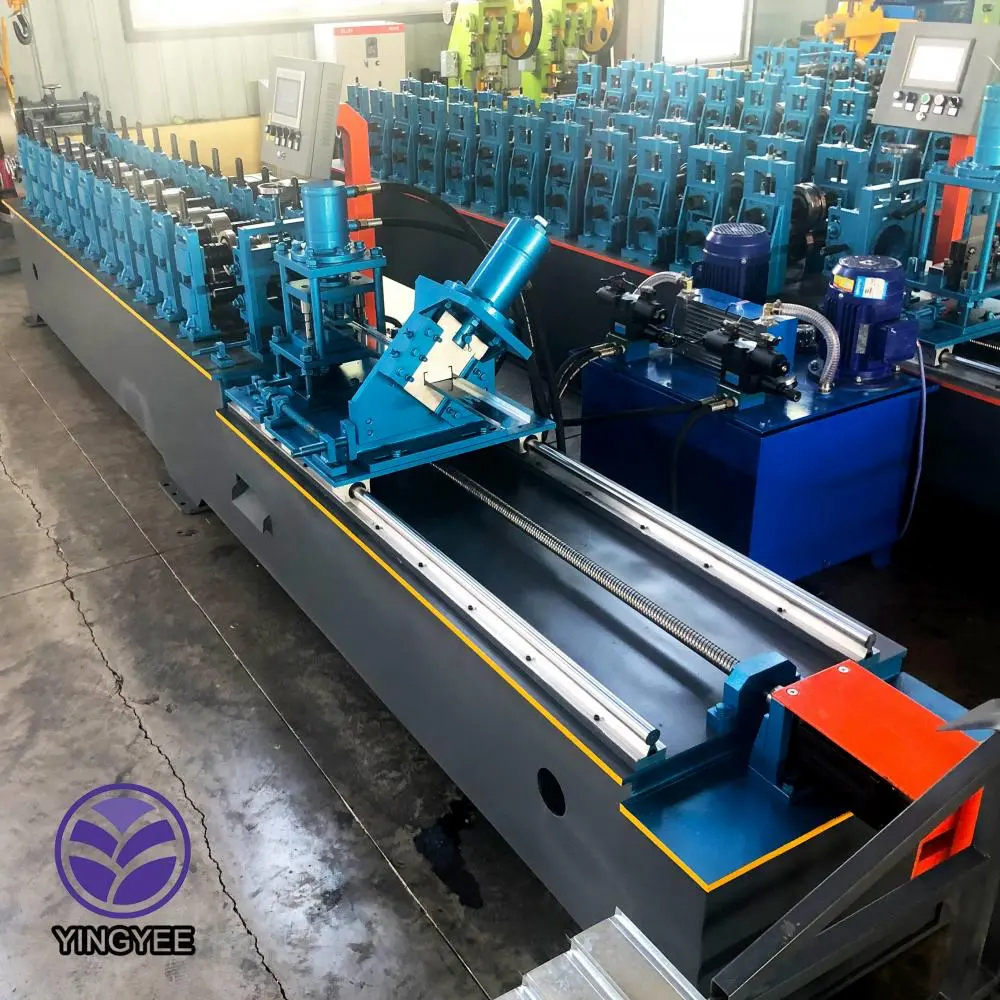
Understanding Steel Purlin Roll Forming Machines
Steel purlin roll forming machines are vital pieces of equipment in the construction industry, especially for the fabrication of steel structures. As the demand for strong and durable building materials continues to grow, so does the significance of innovative manufacturing solutions like roll forming machines. These machines are designed to produce purlins, which are vital horizontal support elements used in the roofs and walls of buildings. Understanding the function, advantages, and operational aspects of these machines can offer valuable insights into modern construction practices.
What are Steel Purlins?
Before delving into the machinery, it is essential to understand what steel purlins are. Purlins are structural members that provide support to roofing and wall systems. They are typically made from steel due to its strength, durability, and resistance to environmental factors. Steel purlins come in various shapes, including C, Z, and U profiles, allowing for versatile applications in different construction projects. Their role is to transfer loads from the roof decking to the building’s structural framework, ensuring stability and longevity.
The Role of Roll Forming Machines
A steel purlin roll forming machine is specifically designed to create these essential components efficiently. The machine works by feeding a flat strip of steel through a series of rollers that shape it into the desired purlin profile through continuous bending. This process allows for high-volume production with consistent quality and precision.
The roll forming process generally begins with flat steel sheets or coils, which are unwound and fed into the machine. As the material passes through a carefully designed series of rollers, it is gradually transformed into the required cross-sectional shape. The accuracy of the machining is crucial, as any imperfections can lead to structural weaknesses in the final product.
Advantages of Using Roll Forming Machines

1. Efficiency One of the most significant advantages of using steel purlin roll forming machines is their ability to produce high volumes of products quickly. This efficiency not only reduces manufacturing time but also minimizes labor costs.
2. Material Utilization Roll forming maximizes material usage, resulting in less waste compared to traditional manufacturing processes. This is particularly important in the construction industry, where resource conservation is a growing concern.
3. Versatility Roll forming machines can be easily adjusted to create different purlin profiles, making them suitable for various applications. This flexibility allows manufacturers to adapt to changing market demands without significant investment in new equipment.
4. Consistency and Accuracy The automated nature of roll forming machines ensures that each purlin produced meets precise specifications. This consistency is vital in construction, as it contributes to the overall safety and integrity of buildings.
5. Durability The steel produced has a natural resilience against environmental factors, such as moisture and pests. This durability makes steel purlins a preferable choice over traditional materials like wood, which may deteriorate over time.
Conclusion
Steel purlin roll forming machines play a crucial role in modern construction practices. By efficiently producing high-quality, durable purlins, these machines support the growing demand for robust building materials. As construction continues to evolve, the technological advancements in roll forming are likely to enhance efficiency, accuracy, and sustainable practices in manufacturing. Consequently, understanding the workings and benefits of steel purlin roll forming machines provides a broader perspective on how innovation shapes the construction industry and contributes to safer, stronger buildings for the future.